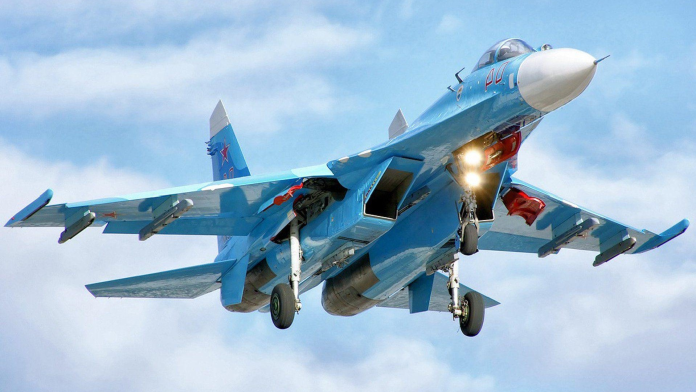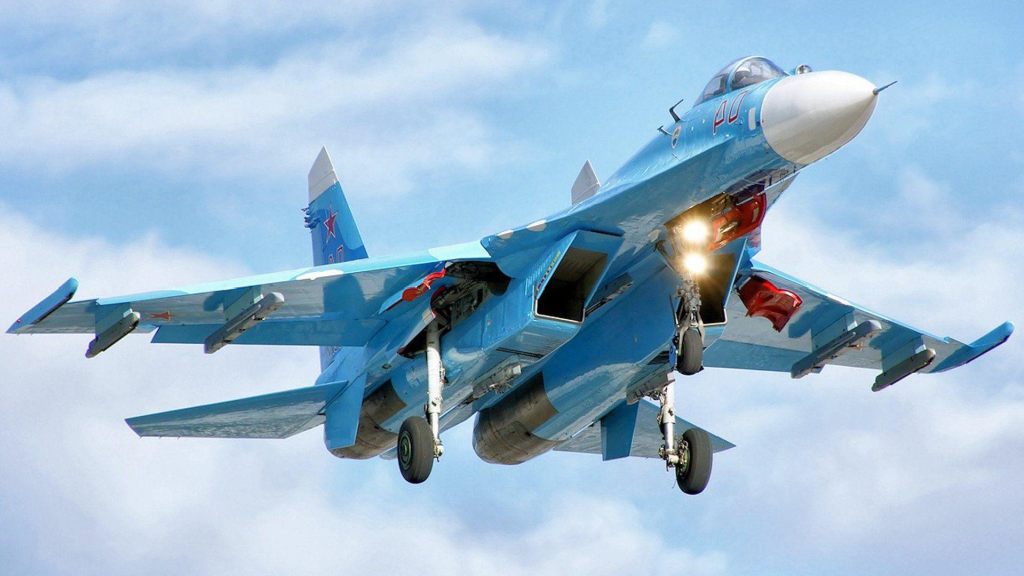
Why would a nation chasing fifth‑generation airpower deliberately eschew a clean‑sheet stealth design? The decision to evolve the venerated Su‑27 into the Su‑57 rather than press ahead with the more radical MiG 1.44 was born not out of a lack of ambition but from a convergence of economics, industrial capacity, and strategic urgency.
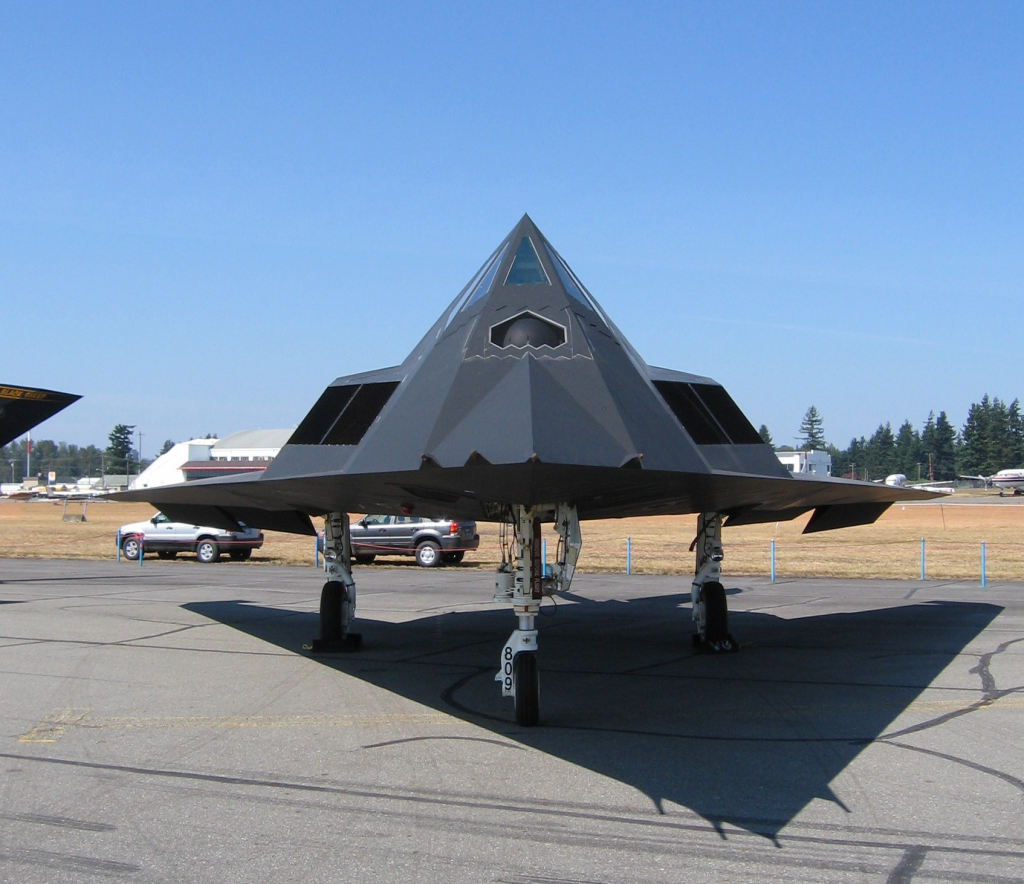
By the early 2000s, the Kremlin had to come to grips with a reality wherein, against the F‑117 fielded by the US decades earlier, flying the F‑22 and preparing the F‑35 for worldwide deployment, NATO would never sell such technology, and turning to China’s J‑20 was politically unthinkable. It would have to be a domestic solution, fast, and above all, affordable. This list dissects the layered reasoning behind such a choice, from budgetary constraints to the deep-rooted Soviet tradition of iterative design.
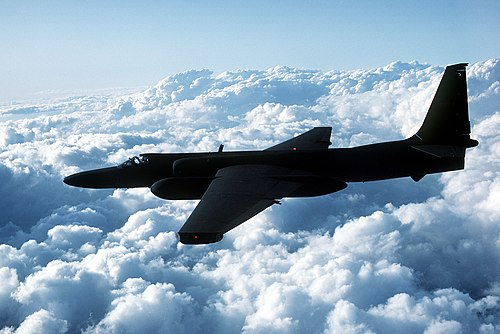
1. National Pride and the Stealth Imperative
In the words of the former USAF U‑2 avionics technician Damien Leimbach: much like the Soviet rush to deploy graphite‑moderated reactors in the 1960s, the 2000s saw a new prestige race: stealth fighters. The Americans had operational stealth for decades, and Russia could not appear decades behind. The Su‑57 program became a matter of national image as much as capability, a visible counter to Western air dominance.
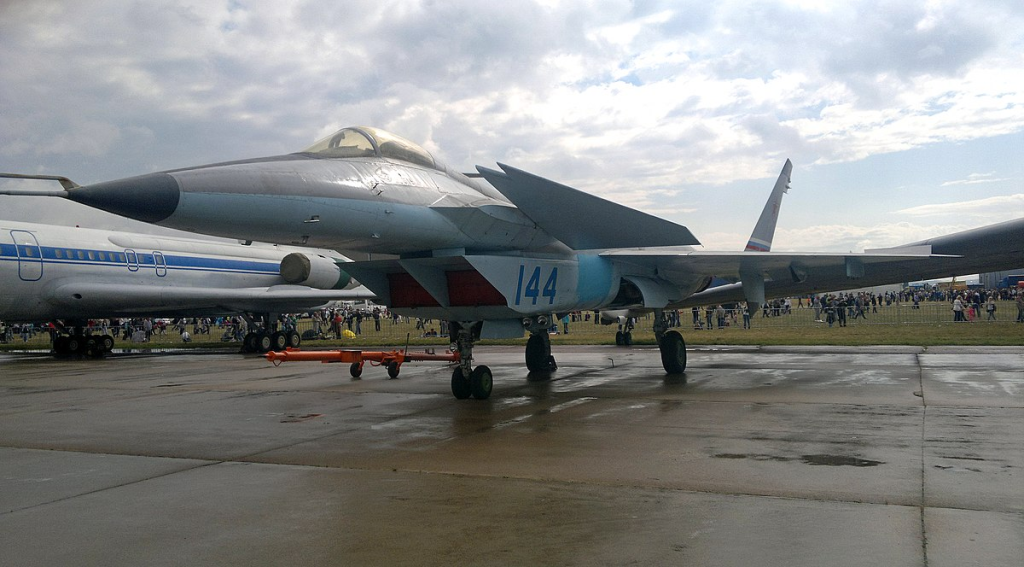
2. The economics of the situation determined design.
But for all its sprawling geography, Russia’s economy is only fractionally larger than Spain’s. A clean‑sheet stealth aircraft like the MiG 1.44 promised high costs and long timelines. Sukhoi’s proposal building upon the already established Su‑27 production line offered a way that would be much faster and significantly cheaper. The economic calculus proved decisive, not least because the estimated unit price of the Su‑57 is around 3.5 billion rubles, far below Western fifth‑generation fighters.
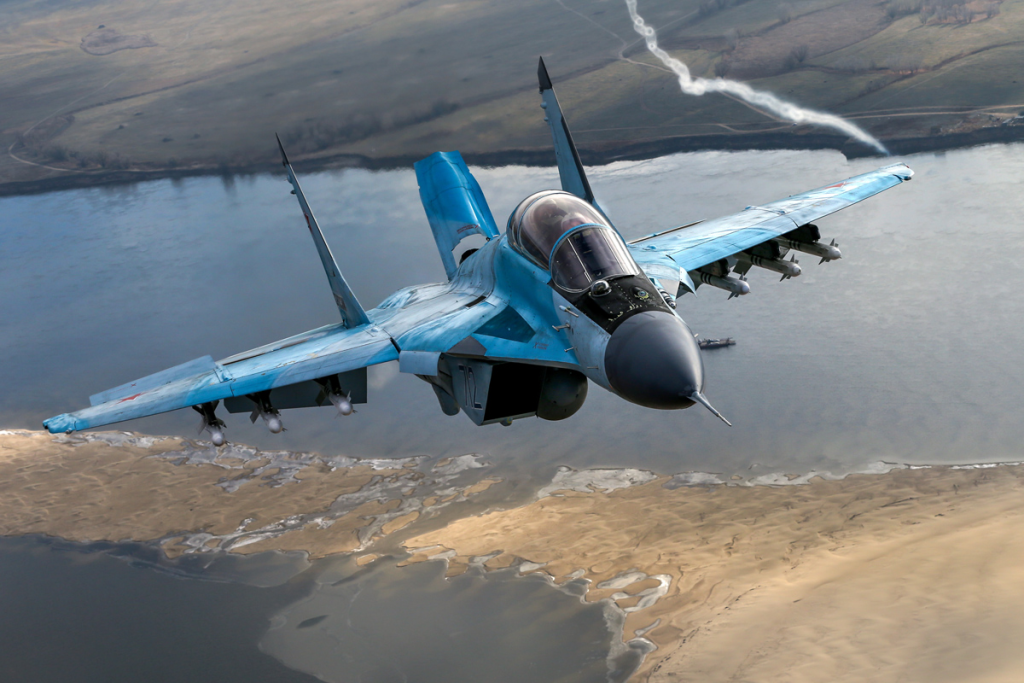
3. Industrial Capacity and Iterative Tradition
There is a long history of upgrading proven platforms rather than starting afresh: the Mikoyan MiG‑35 evolved from the MiG‑29, the MiG‑31 from the MiG‑25, and the T‑90 from the T‑72. Sukhoi’s Su‑27 family had already spawned the Su‑30, Su‑33, Su‑34, and Su‑35. Such iteration reduces risks, exploits existing tooling, and capitalises on decades of design familiarity.
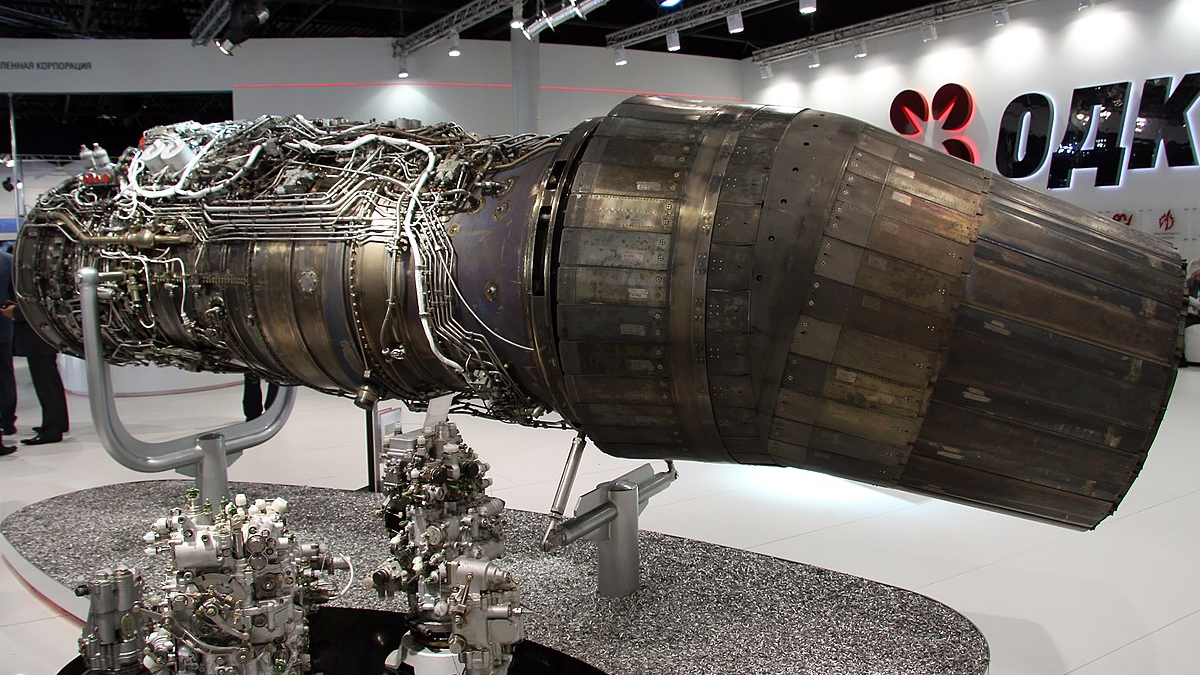
4. Utilising existing airframe and systems
Building further upon the Su-57 lineage allowed the engineers to reuse most of the major components from the Su-27, Saturn AL-41 engines tested on its earlier variants, and flight control software developed on the Su-35 and back-integrated. Even stealth-oriented features have been trialed on the Su-47; for example, filling the gap between engine nacelles for an internal weapons bay. This reuse accelerated the development process and simplified logistics.
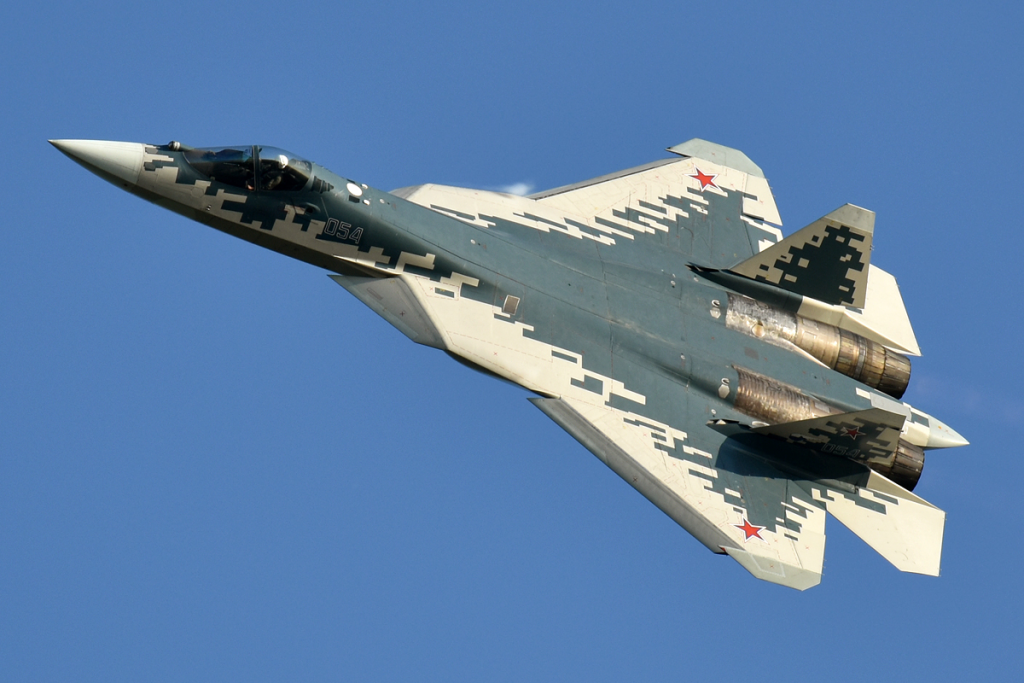
5. Stealth Compromises for Agility and Cost
While billed as a fifth‑generation type, the Su‑57 features a much larger radar cross‑section compared to the F‑22 or F‑35, estimated between 0.1 and 1 m², thus enabling modern radars to detect it at six to ten times the range of its U.S. counterparts. Sukhoi favored the Su‑57’s aerodynamic performance-high‑alpha manoeuvrability, thrust vectoring, and rugged landing gear-at the expense of extreme low observability, reflecting a doctrinal belief in close‑range agility and dispersed operations.
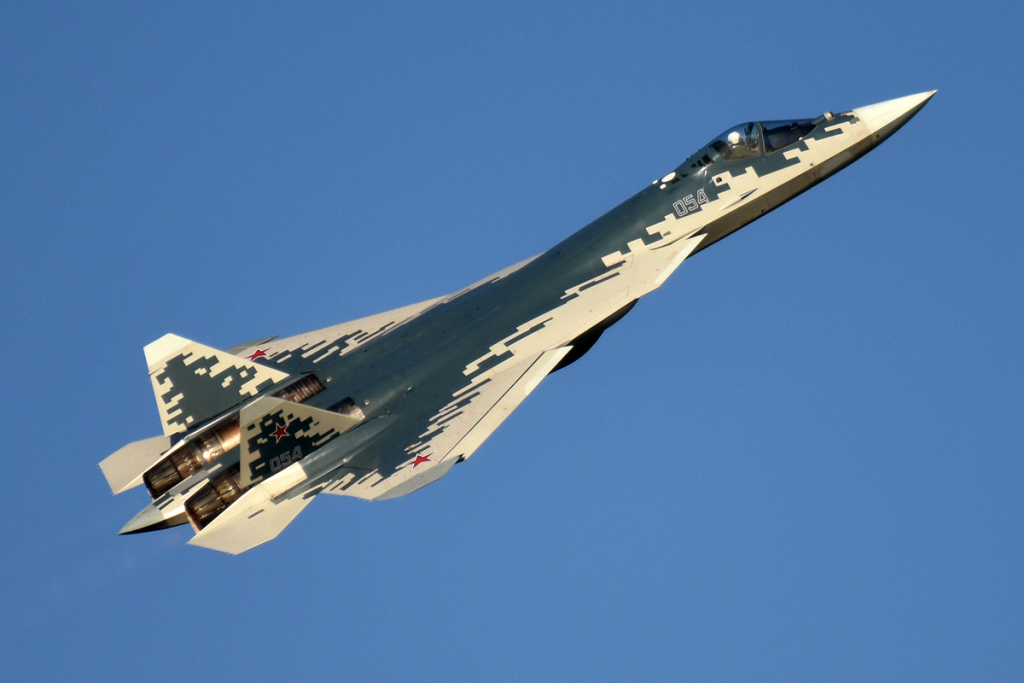
6. Comparative Doctrine and Export Appeal
Russian design philosophy places emphasis on durability, modularity, and rapid deployability over the extreme complexity of Western stealth. What this means is that jets such as the Su‑57 are more affordable to a potential buyer, although the sanctions and war in Ukraine have sharply reduced export prospects. As former Air Marshal Anil Chopra observed, Russian jets can be cheaper upfront, but life cycle costs and availability often favor the West for platforms on specific mission sets.
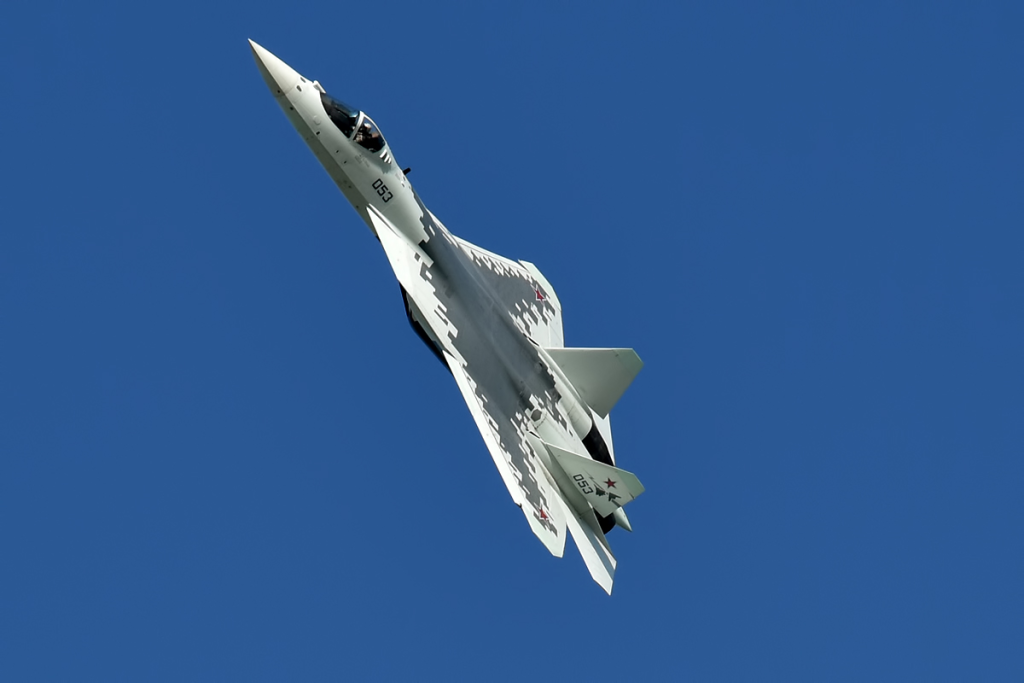
7. Sanctions, Supply Chains, and Production Limits
The sanctions since 2022 further limit access to high-tech components-from microchips to radar modules-on top of the preexisting industrial bottlenecks. The Su-57 production run remains very small, just tens of aircraft after nearly two decades of development, limiting its strategic impact. Whether domestic industry, under economic isolation, can sustain such output remains to be seen, especially given the Kremlin’s plan for having 76 units by 2028.
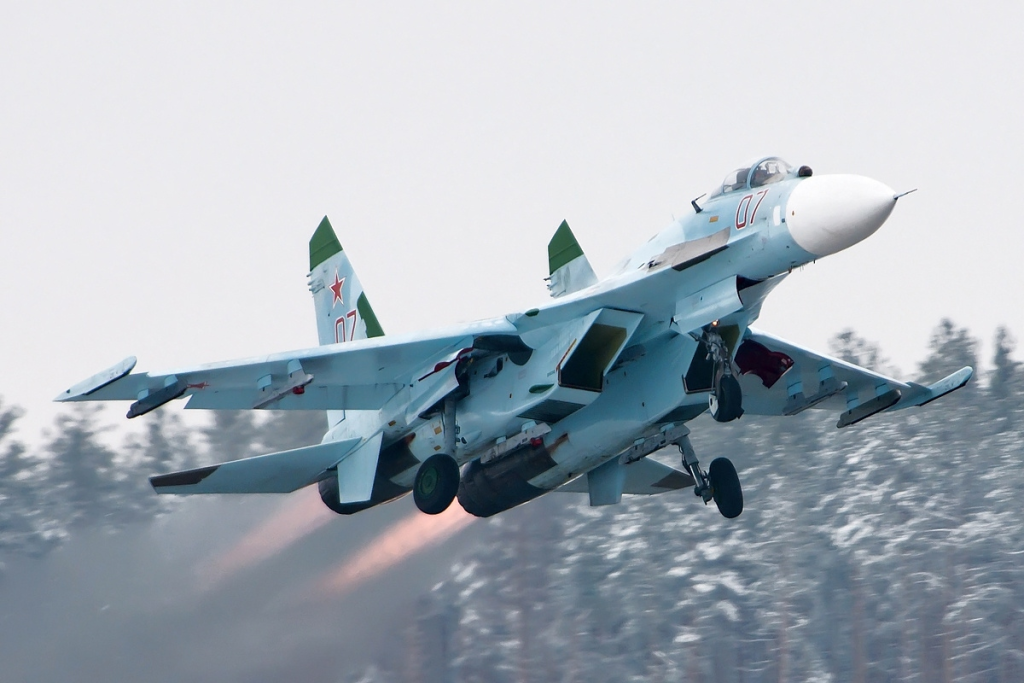
Less about complacency against the cutting edge of technology, Russia’s decision to turn the Su‑27 into the Su‑57 was a calculated compromise between pride, budgetary matters, and industrial reality. The result is a fighter that melds advanced sensors and agility with the limitations of its Cold War heritage-a machine that both reflects the strengths and constraints of contemporary Russian aerospace engineering.
